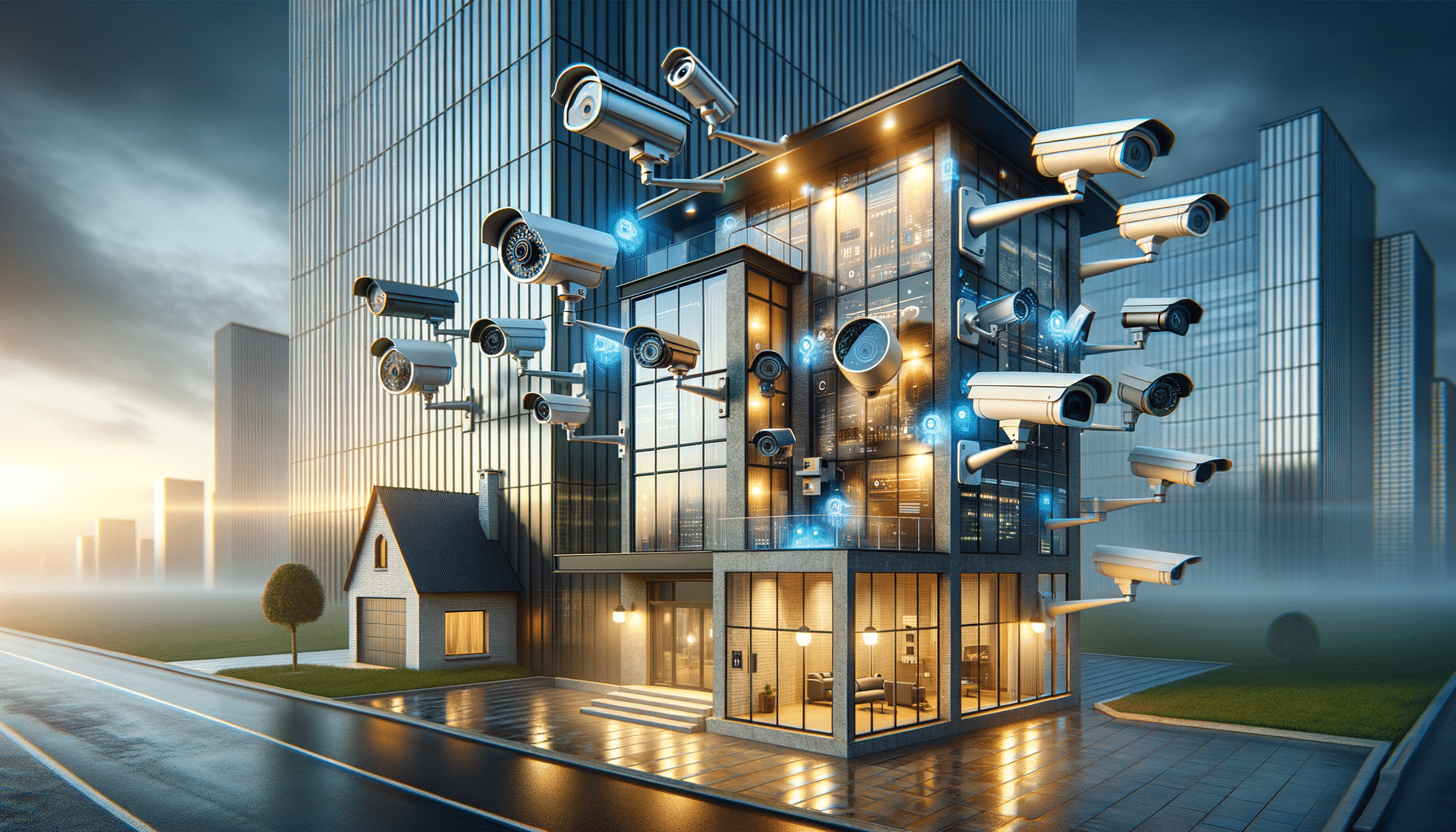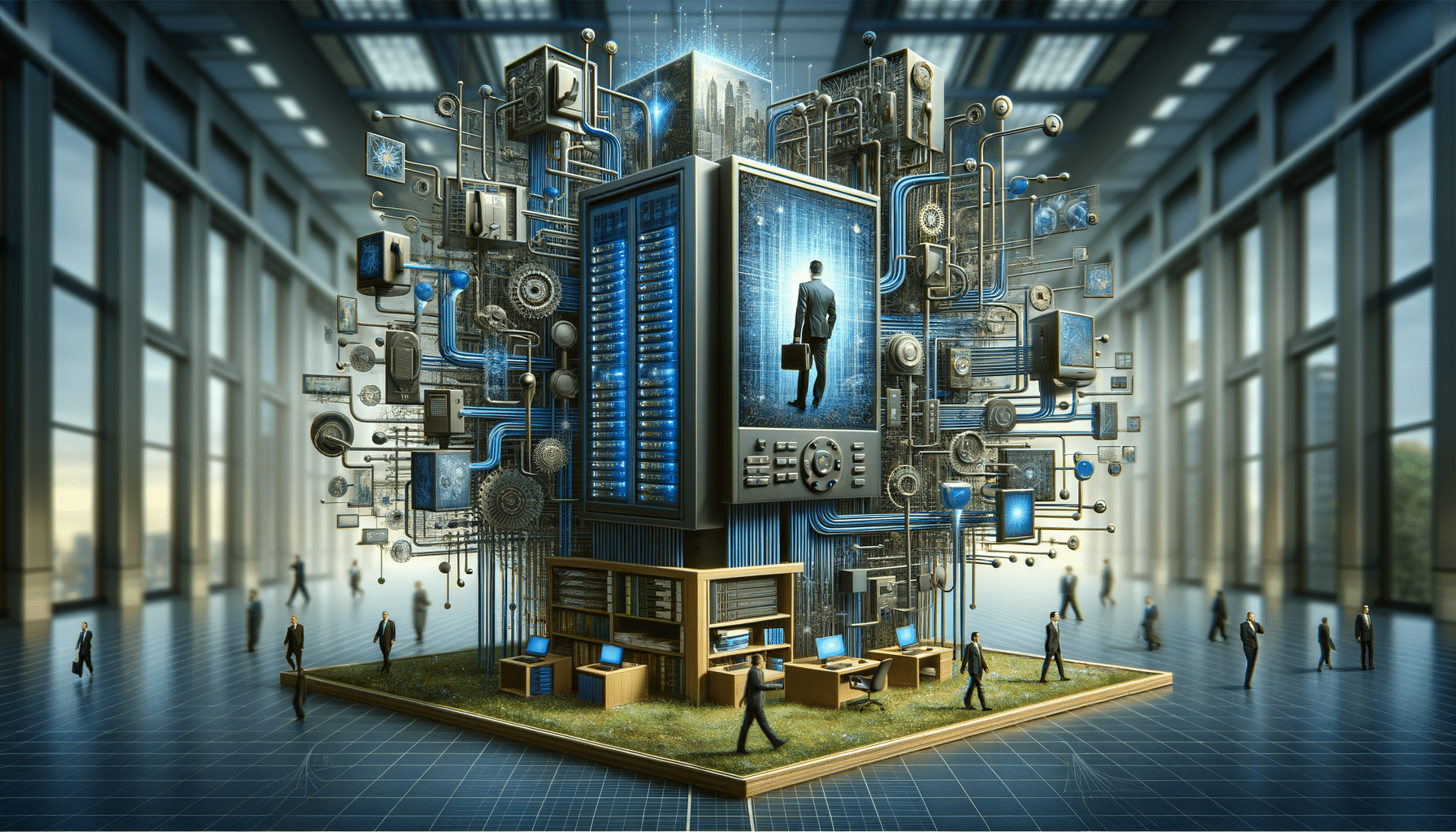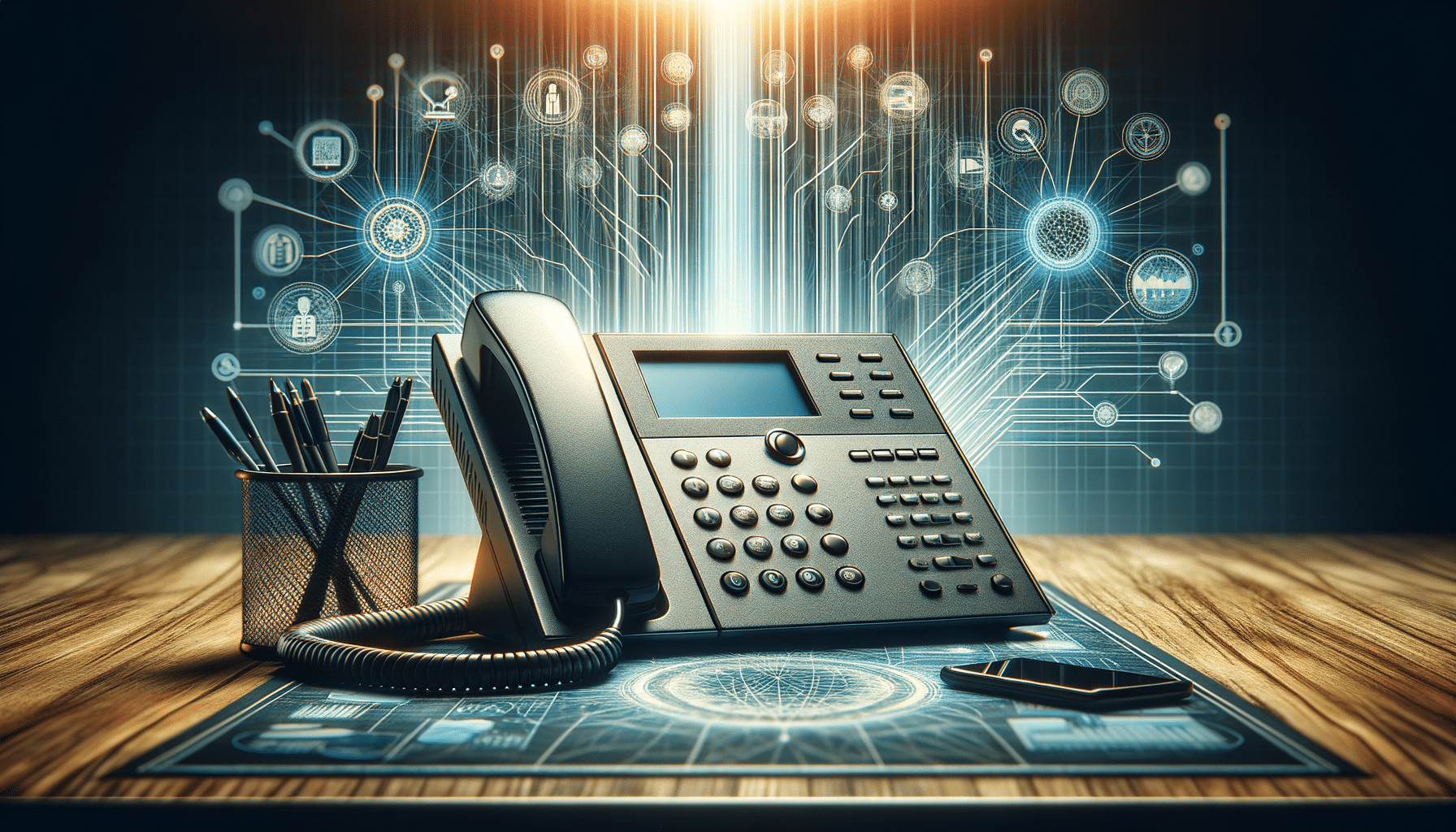
Why Security & Surveillance Cameras Are a Smart Choice for Every Home and Business
The Importance of Security & Surveillance Cameras
In an age where security concerns are ever-present, the role of security and surveillance cameras cannot be overstated. These devices provide a crucial layer of protection for both residential and commercial properties. The presence of cameras acts as a deterrent to potential intruders, reducing the likelihood of break-ins and thefts. Moreover, in the unfortunate event of a crime, recorded footage can be invaluable for law enforcement investigations, helping to identify perpetrators and bring them to justice. The psychological comfort of knowing that your property is under constant watch cannot be underestimated, offering peace of mind to homeowners and business operators alike.
Modern security cameras are equipped with advanced features that enhance their effectiveness. Motion detection, for example, ensures that cameras only record when there is activity, saving storage space and making it easier to review footage. Night vision capabilities allow for clear recording even in low-light conditions, ensuring that your property is protected around the clock. Additionally, the integration of smart technology means that many systems can send alerts directly to your smartphone, keeping you informed of any suspicious activity in real-time. These features make security cameras a versatile and valuable tool in maintaining safety and security.
Types of Security & Surveillance Cameras
The market offers a variety of security and surveillance cameras, each designed to meet specific needs and preferences. Understanding the different types can help you make an informed decision about which system is right for you. Dome cameras, known for their discreet design, are often used in retail environments to monitor wide areas without drawing attention. Their dome shape makes it difficult for potential intruders to discern which direction the camera is facing, adding an element of unpredictability.
Bullet cameras, on the other hand, are more visible and can act as a strong deterrent. These cameras are typically weatherproof, making them suitable for outdoor use. They are often installed in areas that require long-distance viewing, such as parking lots or large outdoor spaces. For those looking for flexibility, PTZ (Pan-Tilt-Zoom) cameras offer the ability to remotely control the camera’s direction and zoom level, allowing for comprehensive coverage of large areas and the ability to focus on specific details when necessary.
Wireless cameras are gaining popularity due to their ease of installation and the ability to access footage remotely. These cameras connect to your home or business network, allowing you to view live feeds from your smartphone or computer. This feature is particularly beneficial for those who travel frequently or manage multiple properties. With so many options available, it’s important to assess your specific security needs and choose a camera system that aligns with your requirements.
Key Features to Consider
When selecting a security and surveillance camera system, certain features can significantly enhance the effectiveness and usability of the system. One of the most important features to consider is resolution. High-definition cameras provide clearer images, making it easier to identify faces and details. This clarity can be crucial in the event of a security breach, as it allows for more accurate identification of individuals involved.
Another essential feature is storage capacity. Cameras with cloud storage options offer the convenience of accessing footage from anywhere, without the need for physical storage devices. This can be particularly useful for businesses that need to store large amounts of data. Alternatively, some systems offer local storage options, such as SD cards or network-attached storage, which can be more cost-effective for smaller installations.
Integration with other security systems is another factor to consider. Many modern camera systems can be integrated with existing security infrastructures, such as alarms and access control systems, providing a comprehensive security solution. This integration allows for automated responses to security breaches, such as locking doors or sounding alarms, further enhancing the security of your property.
Installation and Maintenance
The installation and maintenance of security and surveillance cameras are critical factors that can influence the overall effectiveness of the system. Professional installation ensures that cameras are positioned correctly to cover the necessary areas and that the system is configured to operate optimally. However, for those who prefer a DIY approach, many systems come with detailed instructions and user-friendly interfaces that make installation straightforward.
Regular maintenance is essential to ensure that the cameras continue to function properly. This includes cleaning the lenses to prevent dust and debris from affecting image quality, checking connections to ensure that cameras are receiving power and data, and updating software to protect against security vulnerabilities. Some systems offer remote diagnostics and updates, reducing the need for on-site maintenance and ensuring that the system is always up-to-date.
Whether you choose professional installation or a DIY approach, understanding the installation and maintenance requirements of your system is crucial to maintaining its effectiveness and longevity. Proper care and attention can help prevent issues before they arise, ensuring that your security system remains reliable and effective.
The Future of Security & Surveillance Technology
The future of security and surveillance technology is poised to bring even more advanced features and capabilities to enhance safety and security. One of the most promising developments is the integration of artificial intelligence (AI) into camera systems. AI can be used to analyze footage in real-time, identifying unusual patterns or behaviors that may indicate a security threat. This capability allows for proactive security measures, enabling quicker responses to potential incidents.
Another exciting advancement is the use of facial recognition technology. While this technology is still in its early stages, it holds the potential to provide enhanced security by identifying individuals entering or leaving a property. This can be particularly useful for businesses that need to monitor employee access or for residential properties looking to enhance entry security.
As technology continues to evolve, the possibilities for security and surveillance systems are expanding. The integration of smart home technology, for example, allows for seamless control of security systems alongside other smart devices, such as lighting and thermostats. This integration provides a more holistic approach to home and business security, offering convenience and peace of mind.
Conclusion: Making the Right Choice
Choosing the right security and surveillance camera system is a crucial decision that can significantly impact the safety and security of your home or business. With a wide range of options available, it’s important to consider your specific needs, budget, and the features that matter most to you. Whether you opt for a simple setup or a comprehensive system with advanced features, investing in security cameras is a proactive step towards protecting what matters most.
As technology continues to advance, security and surveillance systems are becoming more accessible and feature-rich, offering greater peace of mind and control over your property’s security. By staying informed about the latest developments and understanding the options available, you can make a well-informed decision that meets your security needs and provides the protection you deserve.


